Oscar Vault Monday – Gaslight, 1944 (dir. George Cukor)
God I love this film. I first saw it during Summer Under the Stars in 2010 at about 2 in the morning after having watched five other Bergman films that day. I think I must have dosed off during it because a few months later when I fell really hard for Joseph Cotten and was looking at his filmography, I saw he was one of the co-stars and I didn’t remember his character at all! Luckily, at the TCM Film Festival in 2011, I got a second chance to see the film, this time on the gigantic screen at the Chinese Theater. During that day I had seen two other Cotten films on the big screen (Citizen Kane and Niagara), so I was on a bit of a Cotten high. What a great day that was. And what a great film, too! I now own it (thank you very much Warner Archive!) and have watched it several times. I would be lying if I told you the following look at the film is going to go pretty heavy into Jo Cotten’s wardrobe. Also, it will contain spoilers regarding the plot twist. So if you’ve never seen it before, you might want to look away. Gaslight was nominated for seven Academy Awards, winning two: Best B&W Art Director (won), Best B&W Cinematography, Best Screenplay, Best Supporting Actress Angela Lansbury, Best Actor Charles Boyer, Best Actress Ingrid Bergman (won) and Best Picture. George Cukor was not nominated for Best Director, however. Actually, this was one of those years where Best Director lined up with three of the nominated films, while two director were nominated without Best Picture nominations (Otto Preminger for Laura and Alfred Hitchcock for Lifeboat). The other films nominated for Best Picture that year were Double Indemnity, Since You Went Away, Wilson and winner Going My Way. I should also mention that there is a British version of Gaslight from 1940 that stars Anton Walbrook and Diana Wynyard, though I have yet to see it.
Like I said with my Oscar Vault Monday on Double Indemnity, I think Going My Way‘s win was a reflection of Bing Crosby’s popularity at the time. It’s a film that is largely forgotten now, which is not to say it’s a bad film, but I don’t think it has the staying power of films like Double Indemnity and Laura and Gaslight. I also wanted to say how much I love George Cukor, because he has directed so many films that I love. He was nominated for Best Director five times, winning once: Little Women (1933), The Philadelphia Story (1940), A Double Life (1947), Born Yesterday (1950) and My Fair Lady (1964, won). I also recommend What Price Hollywood? (1932), Dinner At Eight (1933), Sylvia Scarlett (1935), Camille (1936), Holiday (1938), The Women (1939), Adam’s Rib (1949), The Marrying Kind (1952) and A Star is Born (1954).
So on to the film. This was Bergman’s 10th film in Hollywood and her second of seven Academy Award nominations. Her first nominated performance was for 1943’s For Whom The Bell Tolls (not for Casablanca, which came out the same year). She was also not nominated for 1945’s Spellbound, which I wrote about recently. However, she did win for her performance as Paula in this film (the first of three total wins). And rightfully so. I love the arc her character goes through in this film, from an innocent girl to a joyful newlywed to a mentally battered woman to her final growth. Through most of the film, she is this emotionally and mentally abused wife and her fragility is so pronounced, it’s almost painful to watch her. I don’t think anyone could have brought both the extreme fragility and then later the strength that Bergman brought to this role. It’s a testament to her immense talent.
Just look at her face. This moment when she realizes what her husband has been doing to her, when she finally finds the strength the stand up to him, is just so brilliant. It’s all in her face, in her demeanor.
It’s equally as difficult to watch Bergman be so fragile as it is to watch Charles Boyer be such a menacing and cruel man. He’s usually so charming and he is just such a rat-bastard in this film. I think part of why this film is so successful is because the casting is so against type for its actors and they do such a perfect job; it’s unnerving. Charles Boyer was nominated for Best Actor four times, though he never won: Conquest (1937), Algiers (1938), Gaslight (1944) and Fanny (1961). He received an Honorary Award in 1943 for “progressive cultural achievement” for his work in setting up the French Research Foundation in Los Angeles. Boyer is probably my favorite actor to ever come from France. He is always good. Always.
This scene is the hardest for me to watch. We’ve already seen Paula’s husband Gregory play with her mental state at home and once in public, but not the extent that anyone around them notices. That is until this party. The torture here is so subtle, but Paula’s reaction is anything but. The tension in this scene is so delicious. I dare you to watch it and not cringe.
The scene towards the end where Paula turns the tables on Gregory is an interesting one. For one, we see her dominating him. But also, she gives him his comeuppance in private. I always thought it was a bit of a shame that she couldn’t humiliate him in public the way he had her, but the scene still remains incredibly satisfying. Gregory’s reactions to Paula are priceless.
Let’s talk about Joseph Cotten. He plays an inspector with Scotland Yard. They never explain why an inspector from Scotland Yard has a slight Southern drawl, but that doesn’t matter, now does it? Look at Jo Cotten and his precious face. Look at that suit. I just want to marry his face.
I mean, right?
But seriously, Joseph Cotten gets a really great wardrobe in this movie.
He gets to hold a lot of things while reading them. He is a detective, after all.
Also look at that top hat he gets to sport. What a dandy.
More things to hold.
BOWTIE. Okay, but really, Cotten gives a great performance in this film. Equal parts detective and possible admirer of Paula (who reminds him of her Aunt, that he knew as a child), Cotten’s charm balances out Boyer’s villainy and Bergman’s insanity perfectly. As many of you know, Jo Cotten is one of my favorite actors. I have seen somewhere around 30 of his films and although the quality of his projects started to decline, Cotten’s talent never does. I still say it is one of the great oversights that he was NEVER nominated for an Academy Award. Nor was he ever given an honorary award. I’m gonna do what I can to make sure his legacy is not long forgotten, I promise. If you can get a hold of it, I highly recommend his autobiography Vanity Will Get You Somewhere.
In her debut performance, Angela Lansbury received her first of three Academy Award nominations for Best Supporting Actess, though she has yet to win: Gaslight (1944), The Picture of Dorian Gray (1945) and The Manchurian Candidate (1962). Besides her film roles, Lansbury is probably best remembered as writer/detective Jessica Fletcher on Murder, She Wrote. Believe it or not, Lansbury has also never won an Emmy either, despite a whopping 15 nominations. She is too much fun in this film; so full of sass and sensuality.
Dame May Whitty is a hoot as a nosy neighbor with a love of gory novels. She’s the comic relief in the film and she does a great job with the role she’s given. Whitty was nominated for Best Supporting Actress twice, though she never won: Night Must Fall (1937) and Mrs. Miniver (1942).
Posted on October 15, 2012, in Oscar Vault Monday and tagged 1944, Angela Lansbury, Charles Boyer, Dame May Whitty, Gaslight, George Cukor, Ingrid Bergman, Joseph Cotten. Bookmark the permalink. 8 Comments.
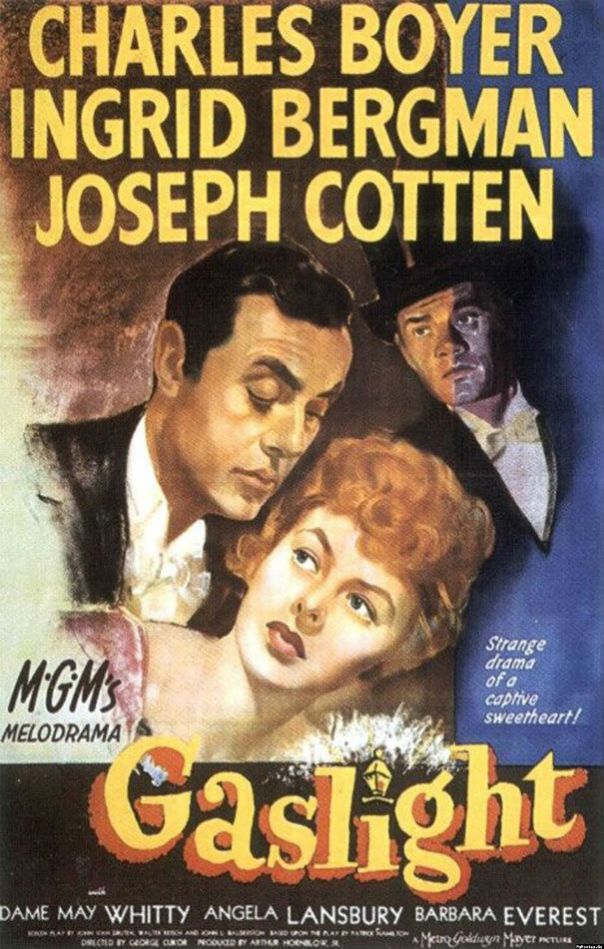

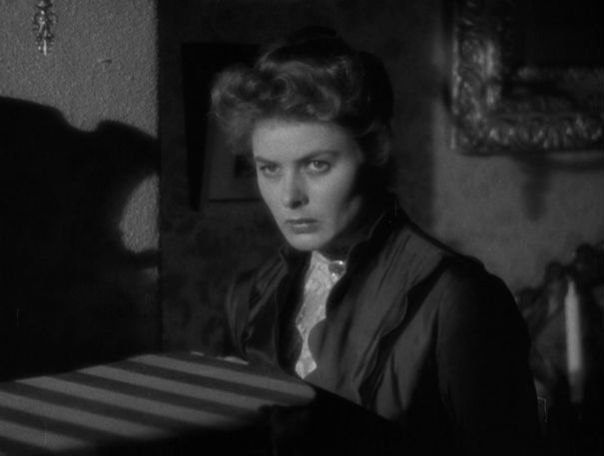
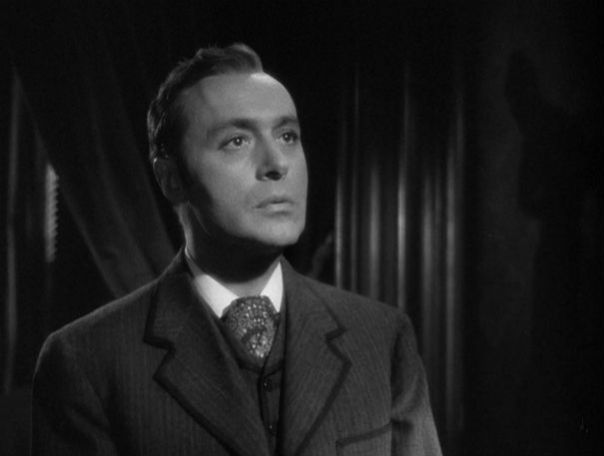





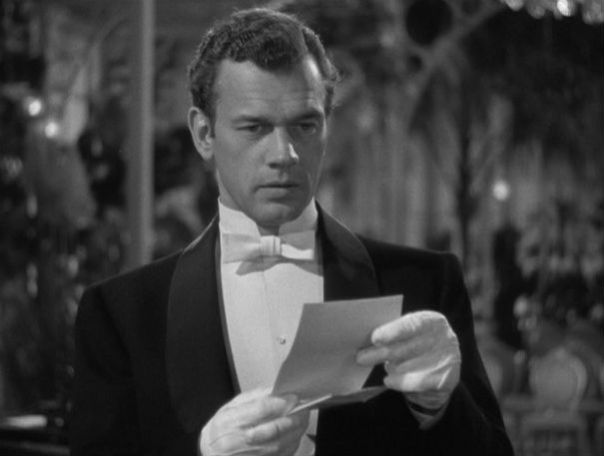


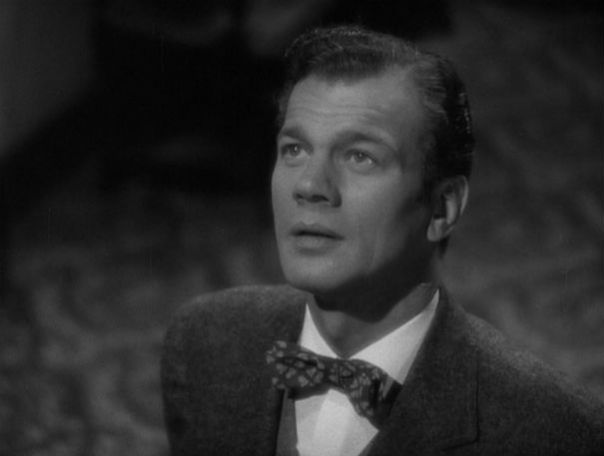
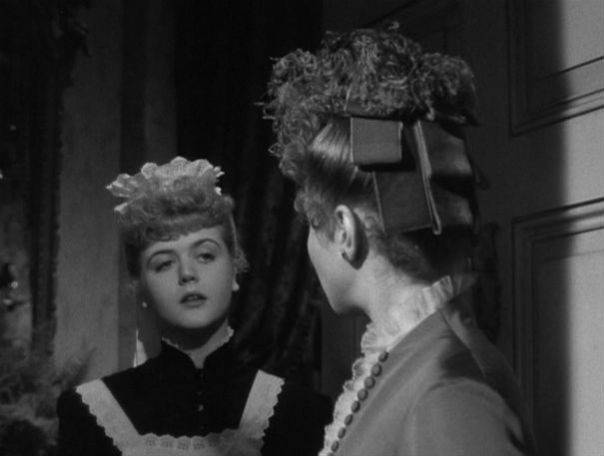
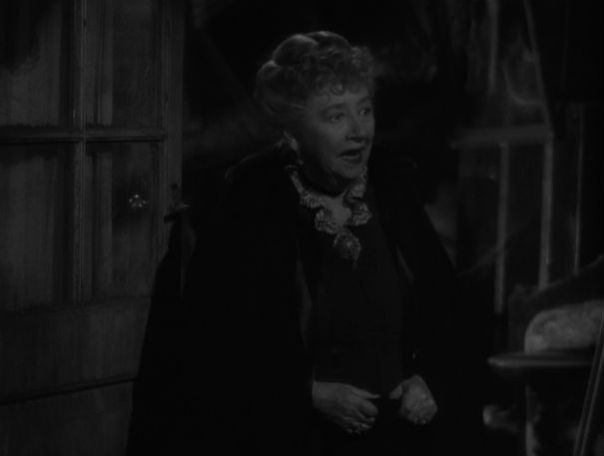




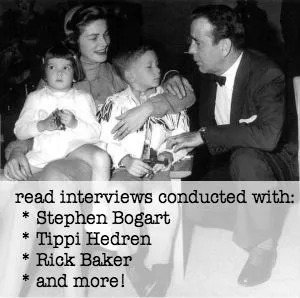
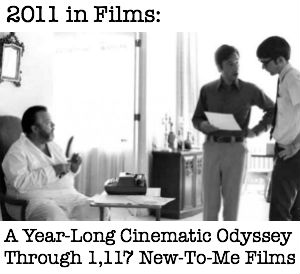
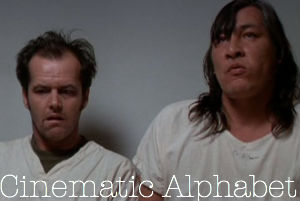

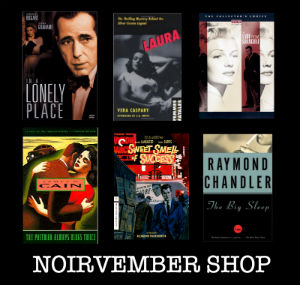








I read somewhere from a viewer of the film that they suspected Paula’s aunt was her real mother, and never admitted it because it would have halted her career. Do you think this could be true, and is there any use in inferring things in film that aren’t blatantly stated?
Why not. Sometimes there is backstory that was vetoed by producers and/or censors. Sometimes things appear to viewers that the writers didn’t realize but accept. Good example is the “ghost” in High Plains Drifter. Eastwood’s character was supposed to be the dead man’s brother come for revenge. But viewers were convinced that the rider just appears in the frame. The filmmakers decided to go with what the viewers saw.
I also agree with you in this case that it makes a lot of sense. 🙂
Great review, it makes me want to watch this one again.
Isn’t Joseph Cotten great? I’ll have to watch this again soon.
This is the movie that brought me over to the Ingrid Bergman camp. The 1940 version is good too, although I prefer this movie for most aspects. The final confrontation scenes are definitely ripe for comparison. Fantastic how you highlighted Joseph Cotten’s wardrobe in this film!
What a film! What a cast! Oh my goodness. Cotton is indeed gorgeous in this film. Just recenlty Jeopardy had a Question using this movie and the term “Gaslighting” I got it right because you had had me watch this movie. The contestants did not know it. LOL
Sorry I meant to say, Great Review!
Great Review!
I had just as much fun with movie as I did with 1945’s Spiral Staircase, which is worth a viewing if you haven’t seen it.